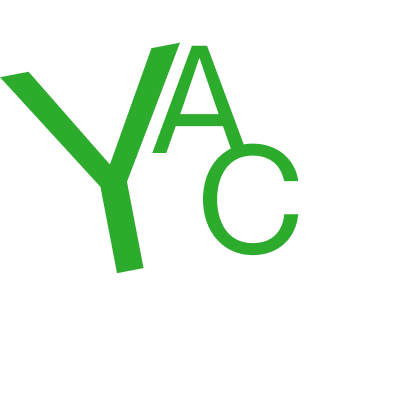Arta Raituma
-
Interview by Luís Luzia
-
Published in October 2023
-
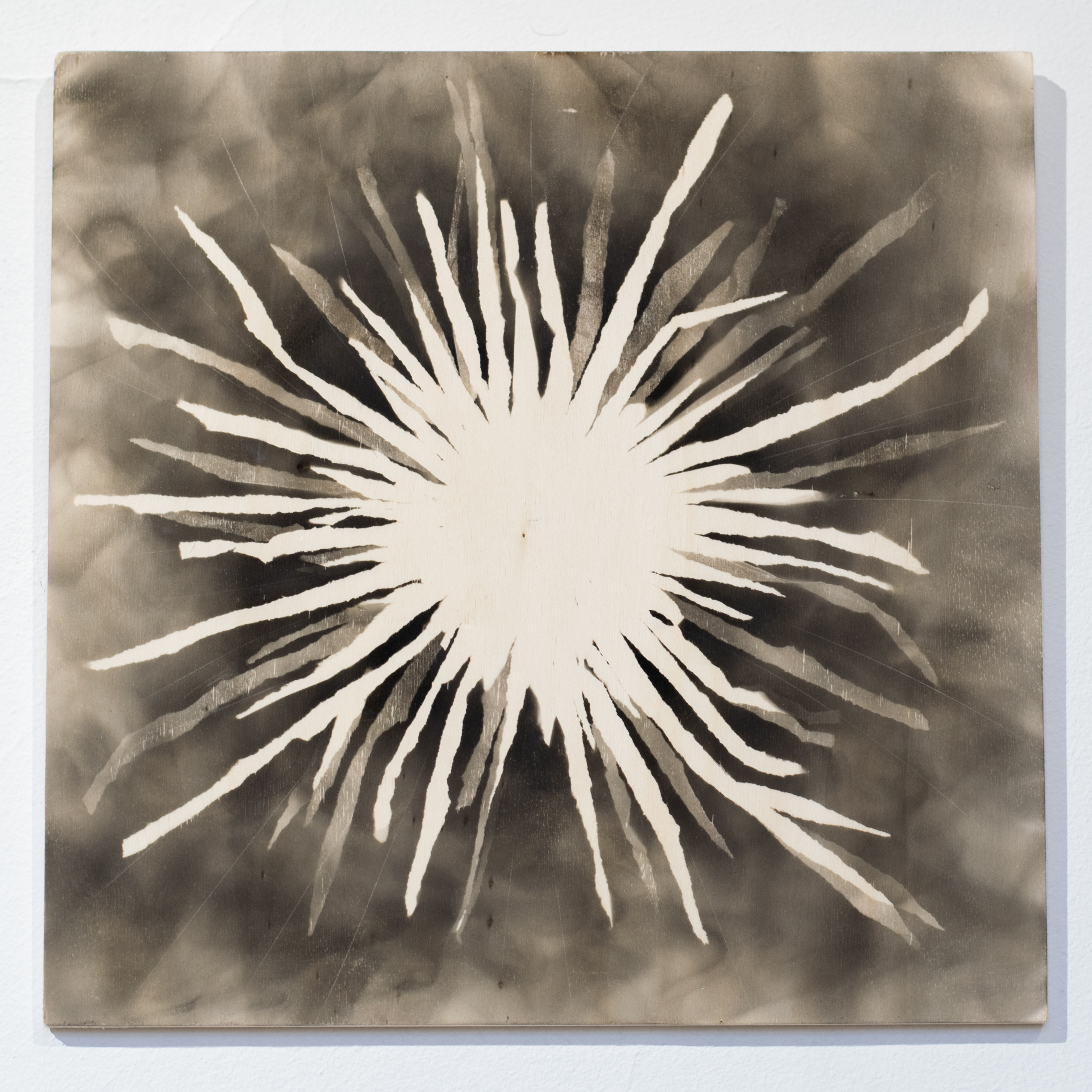
Memories of the Solstice, burnt plywood. Arta Raituma
For how long have you been developing your artistic practice, and what processes have been formative in getting you to your present state?
Firstly, I must mention that I have an academic education in painting (having graduated from the Art Academy of Latvia, both bachelor’s and master’s degree). However, having spent many years drawing nudes and dealing with classical oil painting, I, quite organically, started to search for alternative chanels for my creative expression. With a deepening interest in photography and performance, my art practice expanded and grew to be more crossdisciplinary.
The interest of fire and its direct usage as an artistic medium developed through experiments and research for my master’s thesis as well as exploring the cultural heritage of the Baltics. To quote the philosopher Gaston Bachelard’s ‘Psychoanalysis of Fire’:
“All that changes quickly is explained by fire. It is intimate and it is universal. Among all phenomena, it is really the only one to which there can be so definitely attributed the opposing values of good and evil. It is gentleness and torture. It is cookery and it is apocalypse.”
Furthermore, the focus point of my artistic research has been the borderline or the liminal space in between ‘the inside and the outside’: an individual and his surroundings, the man-made and nature. The anthropological notion of ‘liminality’ or the ‘threshold’ (first invented by anthropologist Arnold van Gennep) can be described as a space resulting from passage and transition. Also, a collective transformation that has occurred over a group activity.
During the development of the fire techniques, my interest expanded into the research of the sublime. The philosopher Immanuel Kant distinguishes two notions of the sublime: the mathematically sublime and the dynamically sublime. In the case of both notions, the experience of the sublime consists both of visual pleasure and ‘negative liking’ or a touch of fear at the same time. The irresistibility of nature's power certainly makes us recognize our physical powerlessness, but at the same time it reveals the inner strength of the spirit. How do you get in touch with the sublime in oppressed, over-civilised conditions?
And my subjective, very personal answer to that question has been – by the direct usage of fire to create artworks that would carry both liminality and the sublime feeling into themselves.
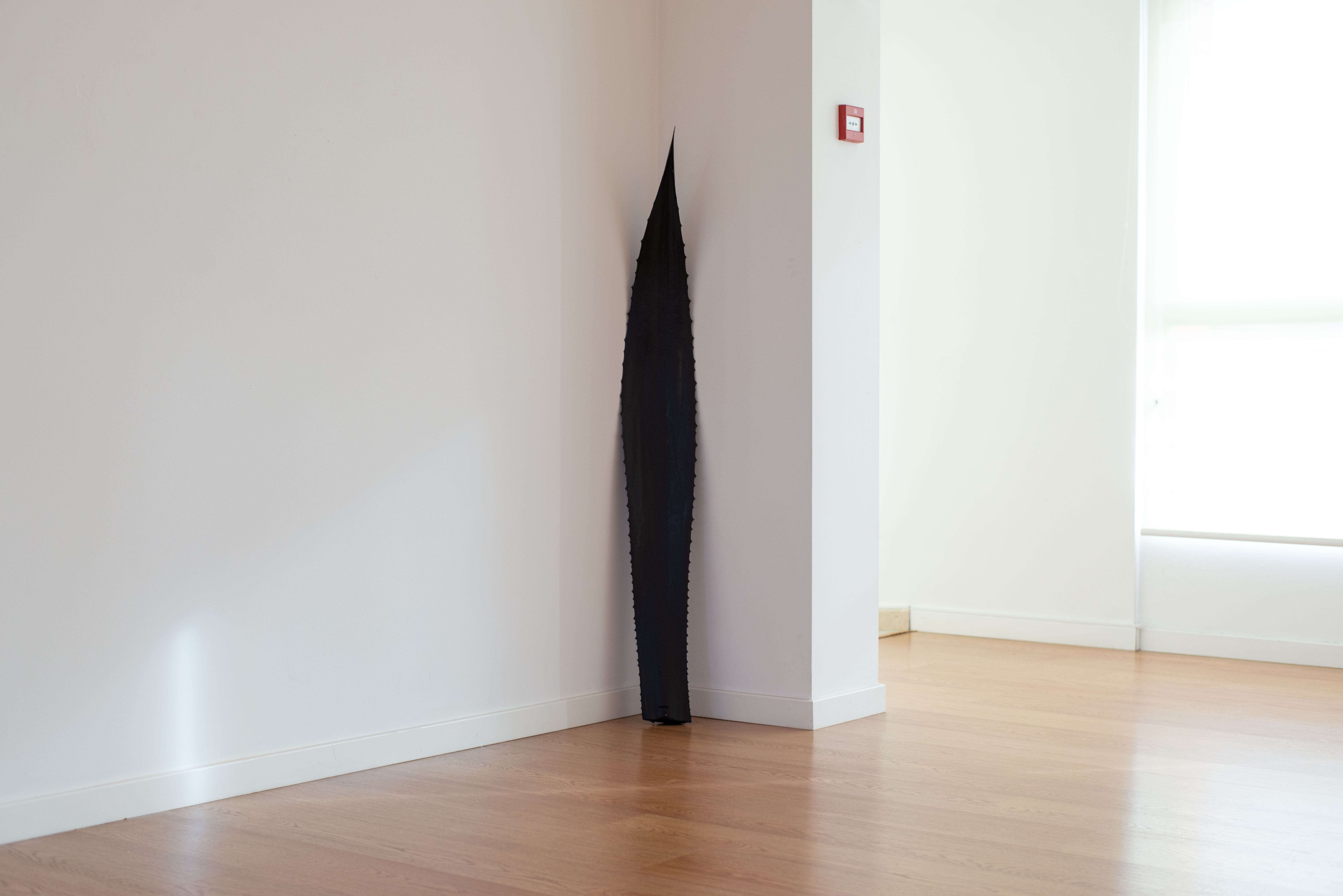 Cornerpiece, painted agave leaf. Arta Raituma.
Cornerpiece, painted agave leaf. Arta Raituma.What comels you within your artistic practice?
I feel compelled to create a bridge between the past heritage and the ongoing global ecological issues as well as between civilized human beings and wild nature. Is there a universal language and a possible remedy for humankind? My assumption is that the answer lies in the close observation of such natural substances as stones, plants and wood, furthermore, a possible remedy could be encoded in ancient beliefs and tales. I aim to create an alternate mythology through my artworks to remind the viewers of their roots and the metaphysical side of existence. I believe that these are very special times – times of a crucial shift in the collective consciousness. Therefore, I often feel that through my artistic output I can be helpful and guide people, lend a hand to enter the spiritual realm, to confront taboos and to reach above the mundane.

The Fields, burnt plywood. Arta Raituma
Who inspires you?
A powerful example that has served as an inspiration for my fire techniques is the work of the Italian artist Alberto Burri. Exploring his Combustione series has revealed profound dimensions of both destruction and beauty.
Another nice example would be John Cage, who had a very unusual way of making ‘fire prints’ on paper using a printmaking press.
A long-term ‘guru’ of mine has been Anselm Kiefer. I recall seeing his immense works at the exhibition The Seven Heavenly Palaces at Pirelli Hangar in Milan. These concrete towers were seemingly shaky and unstable structures. The vast, apocalyptic feeling was haunting, leaving me both in awe and with internal agony. Then suddenly there was this little girl in a pink dress, she was laughing, as if she were being tickled, and running all around the towers of Armageddon. This visual contrast is something I have kept as a dear memory, and I sometimes return to this feeling when creating my own works – a touch of playful silliness amid the rigorous sublime.
Moreover, I greatly admire the works of surrealists, for instance, Leonora Carrington. It was such a divine joy to see her works live at Venice Biennale, The Milk of Dreams, last year.
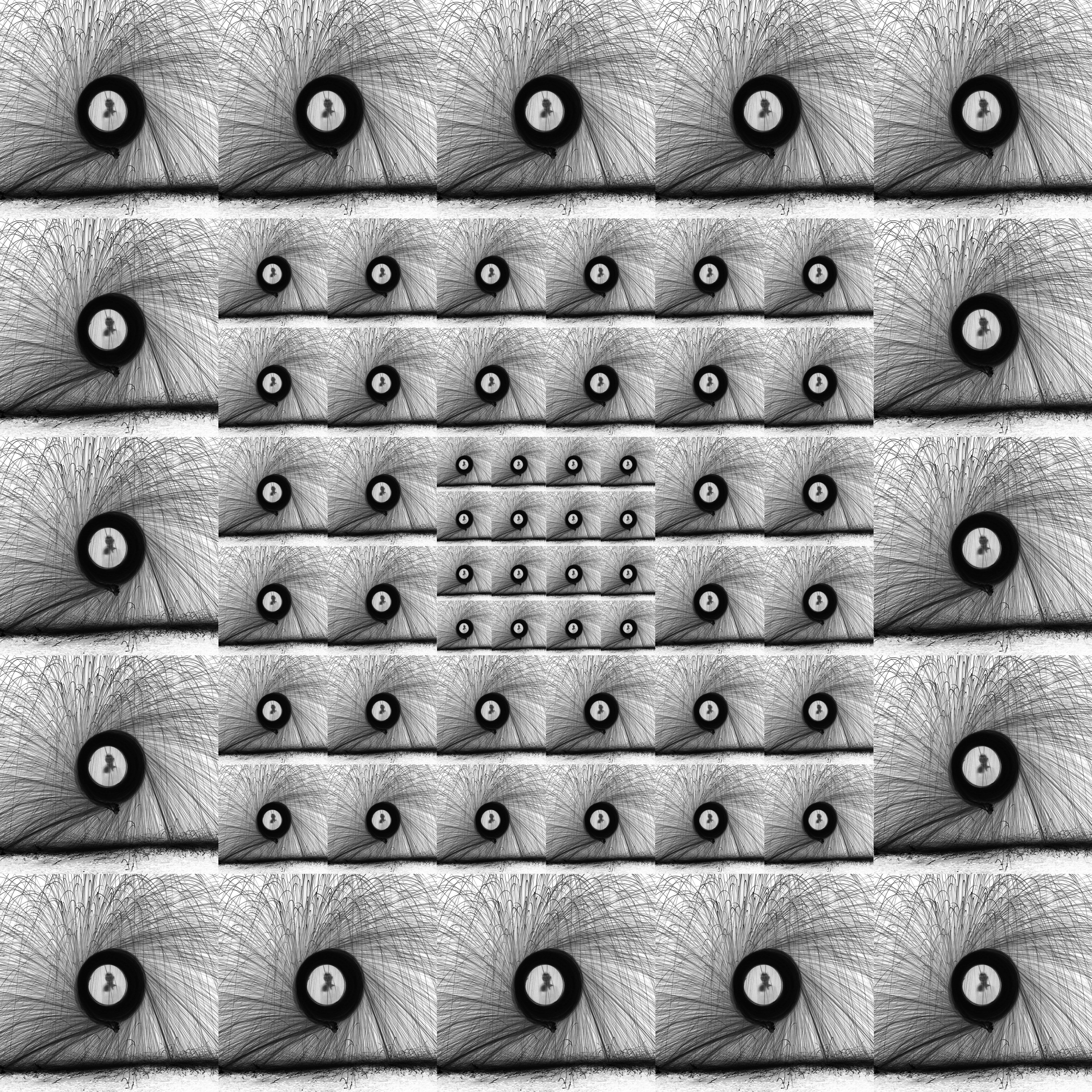
I, inkjet print on banner. Arta Raituma
How do you see your artistic practice evolving into the future? Would you like to explore or integrate any different mediums or techniques?
Lately I have been drawn to explore the possibilities of video documentation, therefore I can see my practice becoming more and more performative (which works well with the swift and ephemeral nature of fire). I believe that over time I am going to incorporate digital interventions like projections as well as drawings made with applications like Procreate. Nevertheless, I would love to combine that with more community art and collective creation in nature, for example, organising ‘art hikes’ along with discussions and workshops outdoors. Also, I live and work in Lisbon, Portugal, and have taken part in many artist residencies located in the Portuguese countryside. However, I would like to expand my research area and travel outside Europe to explore a greater variety of ecosystems as well as indigenous traditions regarding rites of passage.
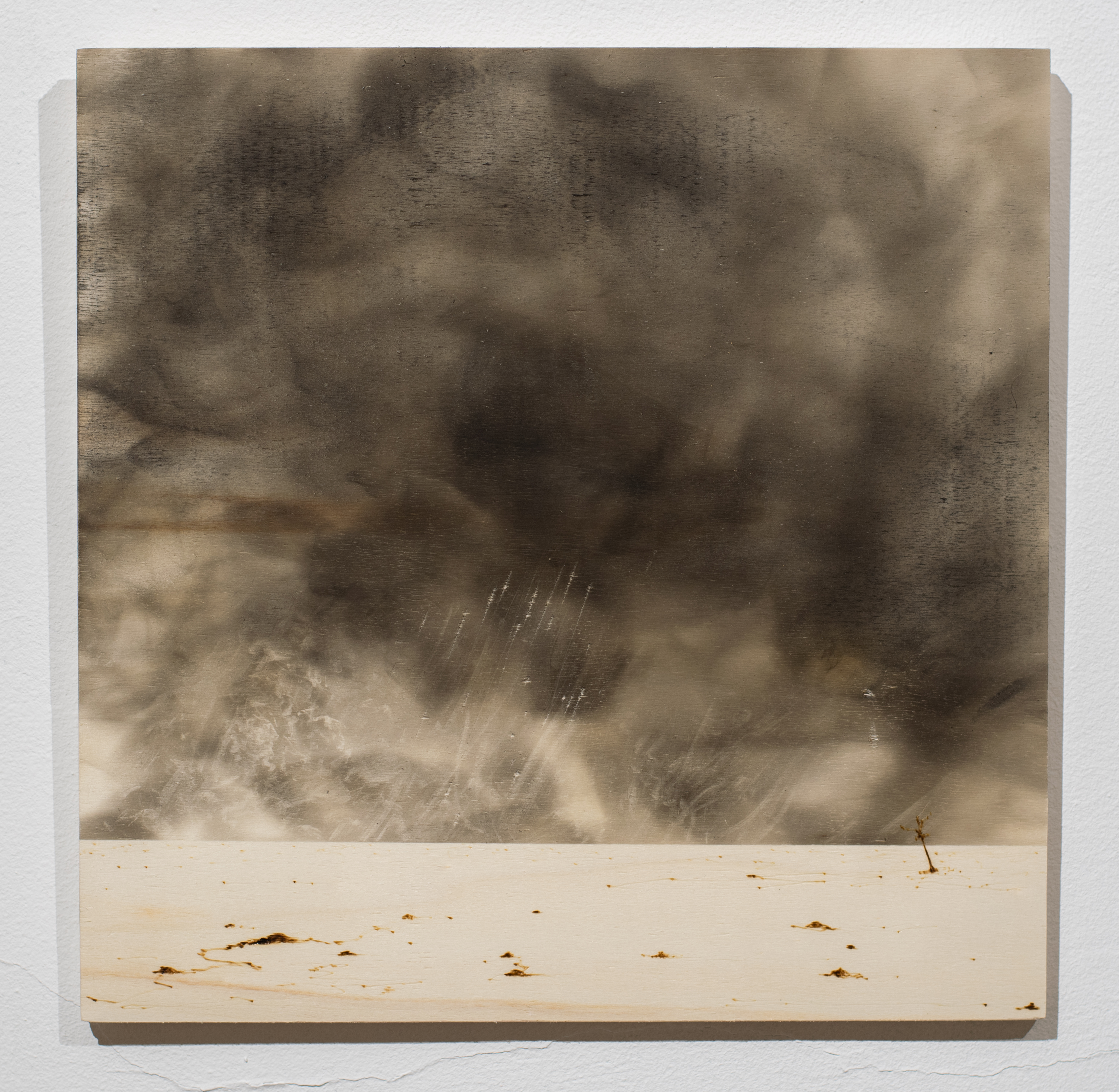
Afterlife, burnt plywood. Arta Raituma
-
︎ @littlefirebunny
artaraituma.com
︎ @luis_luzia
luisluzia.webflow.io
This interview was initiated by Muti Collective
︎ @muti.collective
-
If you like this why not read our interview with Juliusz Grabianski & Anna Komitska.
-
© YAC | Young Artists in Conversation ALL RIGHTS RESERVED
